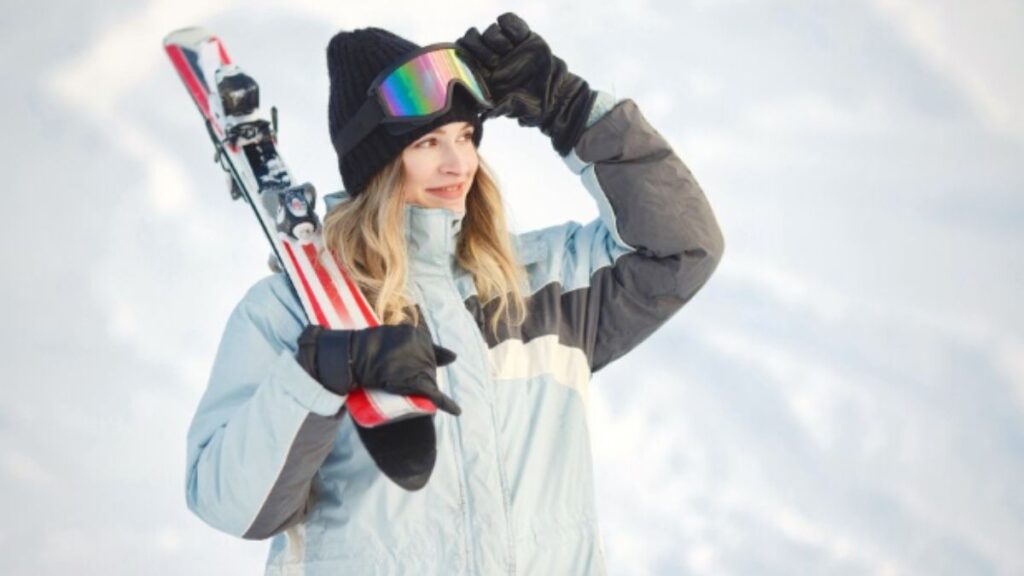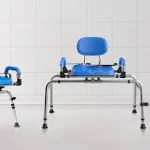Winter sports present unique challenges, from harsh weather conditions to varying light levels. Enhanced vision not only makes for a safer experience but also improves overall performance on the slopes. Embracing specific strategies can help athletes and enthusiasts alike optimize their sight and skills during the winter months.
1. Understand the Importance of Eye Protection
Utilizing proper eye protection is fundamental for anyone participating in winter sports. The sun reflects intensely off snow, leading to a dangerous phenomenon known as snow blindness, which can result in temporary vision loss. Polarized ski goggles can reduce glare and enhance contrast, improving overall visibility. Organizations like the American Academy of Ophthalmology recommend good-quality goggles that block 99% to 100% of UVA and UVB rays.
Goggles are more than just an accessory; they play a critical role in comfort and performance. Staff at GogglesNMore recommend finding goggles that are designed specifically for winter sports. Look for goggle stores or retailers that offer various options catering to different weather conditions. For instance, lenses designed for low light increase visibility while also protecting against harsh winds. When selecting goggles, consider factors such as fit, ventilation, and lens tint to ensure an optimal experience. A proper fit will help prevent moisture from entering and fogging up the lenses, which can impede vision significantly.
2. Maintain Good Fitness Levels
Physical conditioning affects performance across all sports, including winter activities. Improving strength and endurance enhances stability while skiing or snowboarding, enabling quicker reflexes and improved coordination. Activities like strength training, cardiovascular workouts, and flexibility exercises help maintain physical fitness. Engaging in these routines can ensure you’re not only ready for the physical demands of winter sports but also sharp in your performance, as fitness contributes to quicker reaction times.
3. Practice Visual Training
Just like the body, the eyes also benefit from training. Visual training exercises can enhance eye coordination and focusing ability, both crucial for navigating challenging terrains. Simple exercises, such as tracking moving objects or focusing on various distances, can help sharpen visual perception. Dedicate a few minutes each day to these activities, which may involve following an object as it moves or shifting focus between nearby and faraway objects. As you improve your visual coordination, you’ll be more adept at assessing distances and making split-second decisions on the slopes.
Depth perception is essential for navigating varied terrains while practicing winter sports. A simple yet effective way to improve depth perception is through focal training exercises. Regularly practicing activities that require hand-eye coordination can strengthen your visual skills. For instance, juggling or engaging in ball sports helps enhance your ability to judge distances. Such exercises can lead to better performance in areas like skiing, where accurately gauging the distance to obstacles is key.
In addition to exercises, training your peripheral vision can significantly benefit depth perception. Being aware of your surroundings while maintaining focus on your primary target is critical in sports conditions where quick decision-making is necessary.
4. Stay Hydrated and Nourished
Proper hydration and nutrition significantly influence energy levels and cognitive functioning. During active periods on the slopes, your body loses fluids rapidly, and dehydration can lead to fatigue and reduced alertness. Maintaining hydration will support not only muscle performance but also cognitive tasks, including visual processing. A balanced diet rich in fruits, vegetables, and whole grains provides vital nutrients for optimal vision health, such as vitamins A, C, and E, as well as omega-3 fatty acids. These nutrients contribute to preventing deterioration in eye health, ensuring that your vision remains sharp during those exhilarating moments on the mountain.
5. Get Regular Eye Check-ups
Regular eye examinations are crucial for maintaining optimal vision, especially if you engage in seasonal sports like skiing and snowboarding. An eye care professional can assess your vision and suggest adjustments that support your performance and safety. Identifying vision impairments such as refractive errors can ensure that you have the right prescriptions and protective eyewear needed for winter sports. Neglecting eye health can lead to complications that could detract from your enjoyment of winter activities. Make it a priority to have your eyes checked at least once a year.
6. Be Aware of Environmental Factors
Understanding how environmental conditions affect your vision can make a significant difference in performance. Low light, fog, and snow can all hinder visibility, making it essential to adapt your strategies to cope with varying conditions. Utilize equipment designed to enhance visibility in foggy or poor conditions, such as special ski goggles or high-visibility gear. Moreover, adjusting the time of day you venture onto the slopes can help, as skiing in optimal daylight offers the best visibility for a safe and enjoyable experience.
Enhancing your vision and performance in winter sports requires an active approach to eye safety, fitness, and environmental awareness. By integrating appropriate gear, maintaining physical condition, and staying informed on best practices, you’ll engage in winter sports with confidence and clarity.







